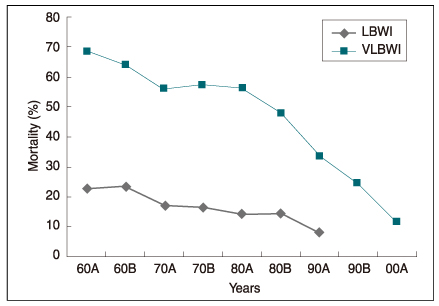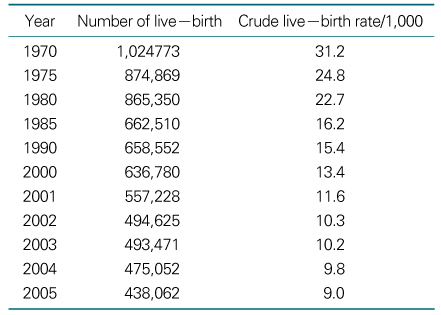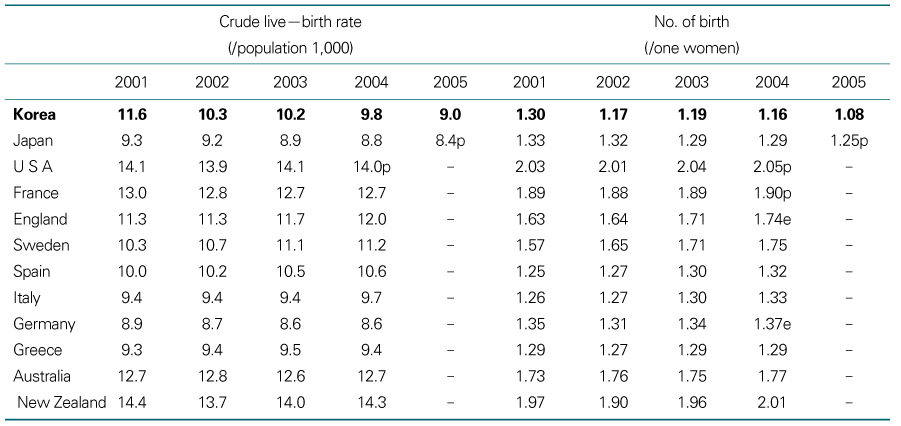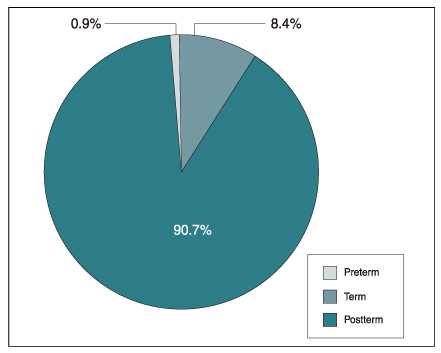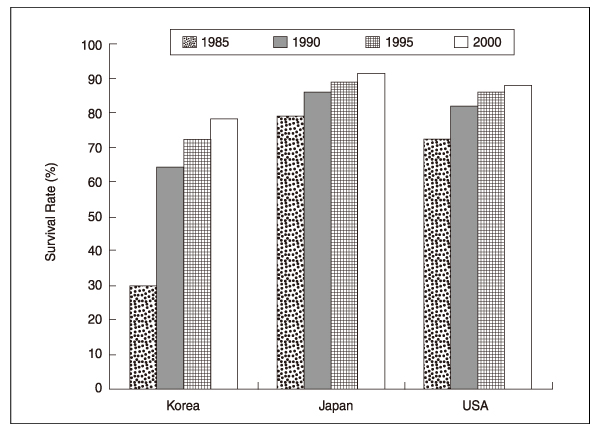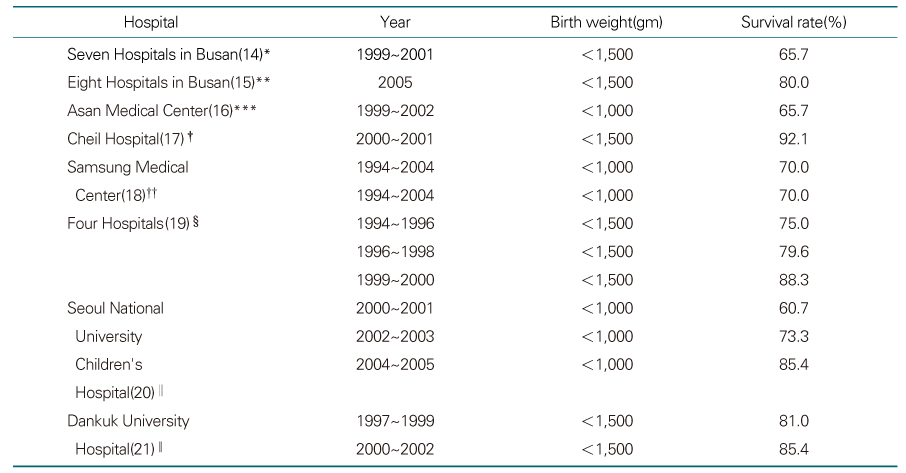1. Bae YM, Bae CW. The changes in the mortality rates of low birth weight infant and very low birth weight infant in Korea over the past 40 years. J Korean Med Sci 2004;19:27-31.
2. National statistics of birth and death in 2005 in Korea. Korean National Statistical Office
http://www.nso.go.kr
3. Committee on data Collection and Statistical Analysis. The Korean Society of Neonatology. Low birth weight, very low birth weight rates of newborn infants in Korea. J Korean Soc Neonatol 2005;12:233-237.
4. Bae CW, Kim MH, Chun CS, Lee C, Moon SJ, Yoo HB, et al. Neonatal statistics of Korea in 1996: collective results of live-births, neonatal mortality, and incidence of discharge against medical advice at 64 hospitals. J Korean Soc Neonatol 1997;4:153-169.
5. Park DK, Kil CH, Bae CW. Neonatal statistics of Korea in 2002: collective results of live-births and neonatal mortality rates from 62 hospitals. J Korean Soc Neonatol 2004;11:122-129.
6. Statistics and Information Department, Minister's Secretariat, Ministry of Heath and Welfare. vital statistics of Japan 1997 1997;108-111.
7. Harvard Institude for Reproductive and Child health. Harvard medical School, from National Linked Birth/Infant data Set: 1987 Birth Cohort. Atlanta, national center for Health Statistics, Center for Disease Control and Prevention. In: Taeusch HW, Ballard RA, editor. Averys diseases of the newborn 1998;7th ed. Philadelphia: WB Saunders. 8.
8. Vermont Oxford Network 1996 Database Summary 1997;Vermont Oxford Network.
mail@vtoxford.org
9. Bae CW. Changes of incidence and mortality of prematurity and low birth weight infants in Korea. Med Postgraduates 2002;4:169-174.
10. Behrman RE, Kliegman RM, Jenson HB. Nelson texbook of pediatrics 2004;17th ed. Philadelphia: WB Saunders. 550.
12. Committee on Neonatology. Japan Pediatric Society. Neonatal intensive care units, care of high risk neonates, and neonatal mortality rate(2000. 1~12). J Japan Pediatr Soc 2001;108:1241-1255.
13. Hoyert DL, Freedman MA, Strobino DM, Guyer B. Annual summary of vital statistics: 2000. Pediatrics 2001;108:1241-1255.
14. Kim BJ, Lee YA, Park SE, Sinn JB, Kim SM, Hong SY, et al. Mortality and morbidity of very low birth weight infants in Busan area during recent 6 years. J Korean Soc Neonatol 2003;10:143-152.
15. Wang SM, Lee YA, Park SE, Park JY, Byun SO, Shon SH, et al. Mortality and morbidity of very low birth weight infants in Busan area during recent 10 years 2006;Abstract Book of the 56th Annual Fall Meeting of the Korean Pediatric Society. 51.
16. Kim JT, Park HK, Jun NL, Lim JW, Kim EAR, Kim KS, et al. Recent outcome of extremely low birth weight infants at Asan Medical Center. J Korean Soc Neonatol 2003;10:133-142.
17. Ma TH, Lee YK, Kim KA, Ko SY, Kim MJ, Shin SM. Outcome of very low birth weight infants in past 2 years at Samsung Cheil Hospital. J Korean Soc Neonatol 2003;10:7-13.
18. Chung ES, Park SH, Whang JH, Choi CW, Jang YS, Park WS. Mortality and morbidity among small for gestational age infants in extremely low birth weight infants. J Korean Soc Neonatol 2004;11:130-136.
19. Kim SS, Kim MH, Shim JW, Ko SY, Lee EK, Chang YS, et al. Changes in the outcome of very low birth weight infants. J Korean Pediatr Soc 2002;45:828-835.
20. Kim DH, Shim SY, Kim JR, Shin SH, Kim ES, Joung KE, et al. Recent outcome of extremely low birth weight infants. The use of CRIB(clinical risk index for babies) II score for analyzing the survival rate. Korean J Pediatr 2006;49:952-958.
21. Cho JJ, Lee SB, Park WS, Chang YP. Survival rate in very loe birth weight infants. Korean J Pediatr 2004;4:505-509.
22. Bae CW. Neonatal viability, morbidity, mortality, and outcome of very low birth weight infant. J Korean Pediatr Soc 2000;43:1-12.


